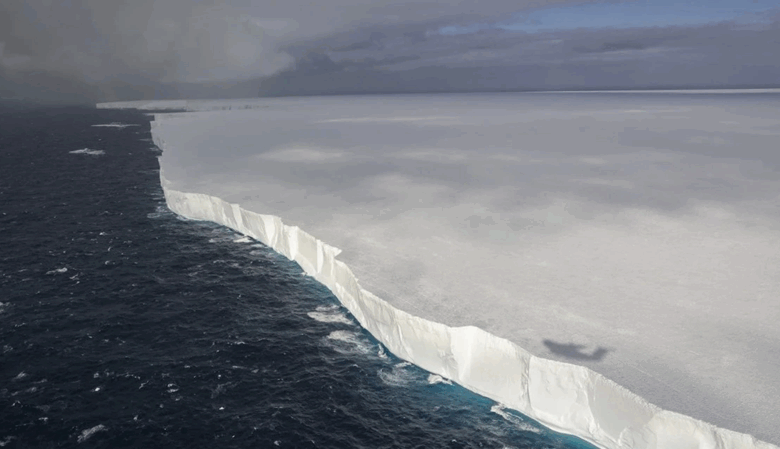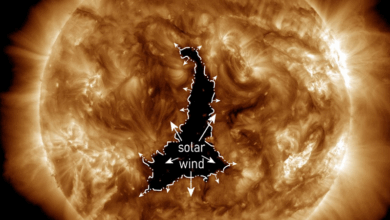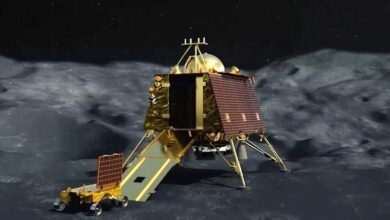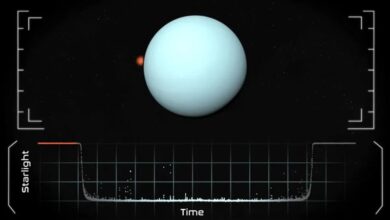108 billion tons per year: Antarctica witnesses sudden rise in glacier ice
News Mania Desk / Piyal Chatterjee / 5th May 2025

As climate change relentlessly impacts the globe with severe weather phenomena happening from the US to India, an unexpected new trend has been noted at the opposite end of the Earth – Antarctica.
Researchers have observed an unexpected increase in Antarctic ice for the first time in many years, based on a recent study.
The Gravity Recovery and Climate Experiment (Grace) mission along with its successor, GRACE-FO (GRACE Follow-On) satellites, have detected an increase in ice mass on the Antarctic Ice Sheet. The research conducted by Dr. Wang and Prof. Shen at Tongji University revealed that from 2021 to 2023, the ice sheet saw an unprecedented rise in total mass.
Antarctica saw a gradual rise in sea ice until 2015, then a steep decrease began in 2016.
Researchers at Tongji University indicate that satellite gravimetry data reveals that between 2011 and 2020, the Antarctic Ice Sheet experienced an annual loss of 142 gigatons of ice. That trend reversed between 2021 and 2023 when the ice sheet reportedly accumulated approximately 108 gigatons of ice annually.
Between 2002 and 2010, Antarctica’s ice sheet was losing approximately 74 billion tons of ice each year. Between 2011 and 2020, the loss nearly doubled to approximately 142 billion tons annually, primarily due to accelerated ice melting in West Antarctica and certain regions of East Antarctica.
However, circumstances shifted thereafter — from 2021 to 2023, Antarctica reportedly accumulated ice at a rate of roughly 108 billion tons annually, primarily due to exceptionally heavy snowfall. Although Antarctica is experiencing growth, researchers previously emphasized that this trend is not evident in the Arctic.
Recent data from NASA and the National Snow and Ice Data Center indicate that winter sea ice cover in the Arctic has hit an all-time low at its peak for the year.






